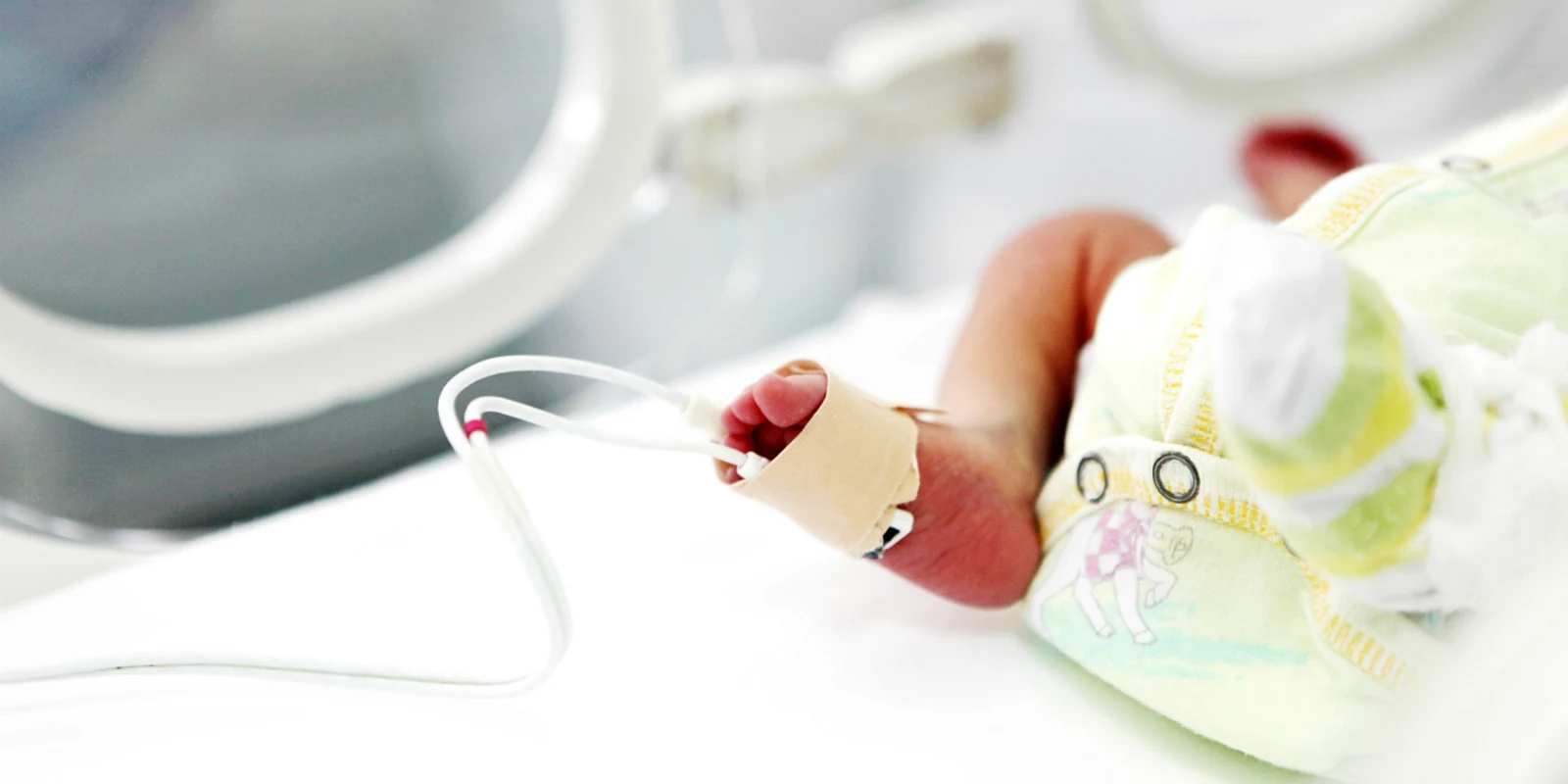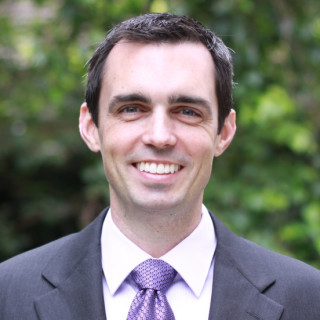
My experience at the 2018 AAP NCE started and ended with Visual Diagnosis. The middle was as varied as the nearly 20,000 attendees at this year's conference. I arrived in Orlando Friday morning for the Pediatrics in Review editorial board meeting. I am the associate editor for this AAP publication, and we gather each year at the NCE to review the past year and plan future content. In recent years, we have partnered with PREP Self Assessment to cover topics listed in the content specifications of the American Board of Pediatrics (ABP) on a five-year cycle. However, the ABP has simplified content specifications, and it is difficult to precisely cover content specifications in the same way. As such, we are shifting our focus to practice gaps, topics in which we believe pediatricians will benefit from an educational update. While we will continue to track ABP content specifications addressed in our review articles, we expect our emphasis on practice gaps will make Pediatrics in Review even more valuable to the practicing pediatrician.
Immediately after the editorial board meeting, I moved into the world of neonatology, attending sessions of the AAP Section on Neonatal-Perinatal Medicine (SoNPM). The section meeting began with a fascinating global health talk by Dr. Carl Bose on neonatal care in the low-resource setting. This was followed by an energetic announcement from the Trainees and Early Career Neonatologists (TECAN) describing the launch of their year-long initiative addressing the opioid epidemic and its effects on the newborn. The "Navigating NAS" launch video is available here.
Saturday morning was more neonatology with an SoNPM session consisting of scientific abstract presentations and a history lecture highlighting the progress in neonatology with a look back over the past 50 years. Afternoon talks looked into the future with topics including drug development, stem cell therapy, and the artificial placenta. While the artificial placenta stirs up science fiction visions of people growing inside giant fluid-filled pods, I think all the neonatologists in the room were reassured. It does not seem the NICU will be replaced by a plastic bag any time soon, and it is exciting there may be a therapy to reduce morbidity at the extremes of viability.
Saturday evening, I moved back to general pediatrics at the poster session for the Section of Pediatric Trainees (SOPT). 300 medical students, residents, and fellows across the country had submitted case reports for consideration; only 30 were selected for presentation. With other editors from Pediatrics in Review, we reviewed the 30 accepted abstracts and awarded top prizes for medical student, resident, and fellow. Look for the winning abstracts to be published in Pediatrics in Review in late 2019.
Sunday, it was neonatology again with a session focused on extremely low birthweight (ELBW) infants. There is a growing trend to across the country to super-specialize the care of these fragile infants in Small Baby Units (SBU) within the NICU. We have recently opened SBUs at Le Bonheur Children's Hospital and Regional One Health; it was great to discuss the process with other SBU newcomers and veterans alike. Other SoNPM topics included previews of an upcoming study on the use of erythropoietin for neuroprotection in premature infants and a pair of AAP guidelines on the management of early-onset sepsis (takeaway: treat infections, not suspicions). Meanwhile, in the next room, Tim Jancelewicz, my Le Bonheur surgical colleague and diaphragmatic hernia collaborator, presented data to the Section on Surgery (SOSu) suggesting ECMO may offer a survival benefit only in the most severe cases of diaphragmatic hernia. Sunday's SoNPM programming concluded with the Women in Neonatology meeting; however, I was not invited to participate.
With the neonatology program over, I shifted focus again. Monday started with my Visual Diagnosis presentation. This was an audience response session with approximately 500 attendees. I presented 26 cases from the archives of Pediatrics in Review, and the audience members tested their diagnostic skills by selecting the best diagnosis for each clinical photograph or video. I used Monday afternoon to get some exercise and fresh air, both were much needed after sitting inside for 3 days!
Throughout the meeting, there was much tweeting about a variety of important topics addressed at #AAP18: e-cigarettes, firearm safety, corporal punishment, LBGTQ issues, and voting. And of course, one of the great benefits of NCE is reconnecting with old friends and colleagues from across the country. The trip to Universal Studios was particularly fun, but I think all 20,000 pediatricians went straight to the Wizarding World of Harry Potter. We were packed in shoulder-to-shoulder, positively giddy to select magic wands, drink butterbeer, and to follow Harry on the Forbidden Journey.
I wrapped up my time at the 2018 AAP NCE with a Tuesday repeat of my Visual Diagnosis presentation before leaving Orlando. When I arrived home, I was given strict instructions by my daughter: "NO MORE CONFERENCES UNTIL 2019." By those rules, I should be able to attend next year's NCE, and I will be looking forward to New Orleans.
Mark Weems, MD is a Neonatologist and Associate Professor at the University of Tennessee Health Science Center, Associate Medical Director of the Le Bonheur Children's Hospital NICU, and Associated Editor of Pediatrics in Review.







